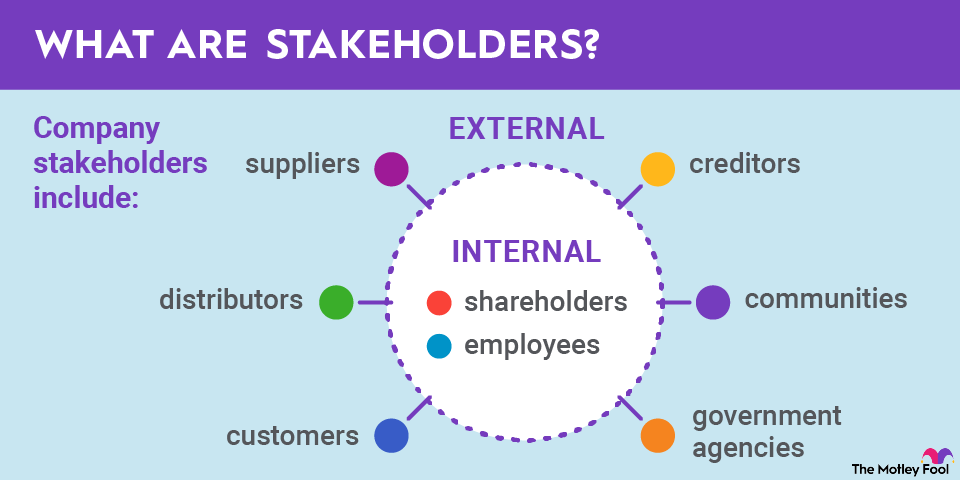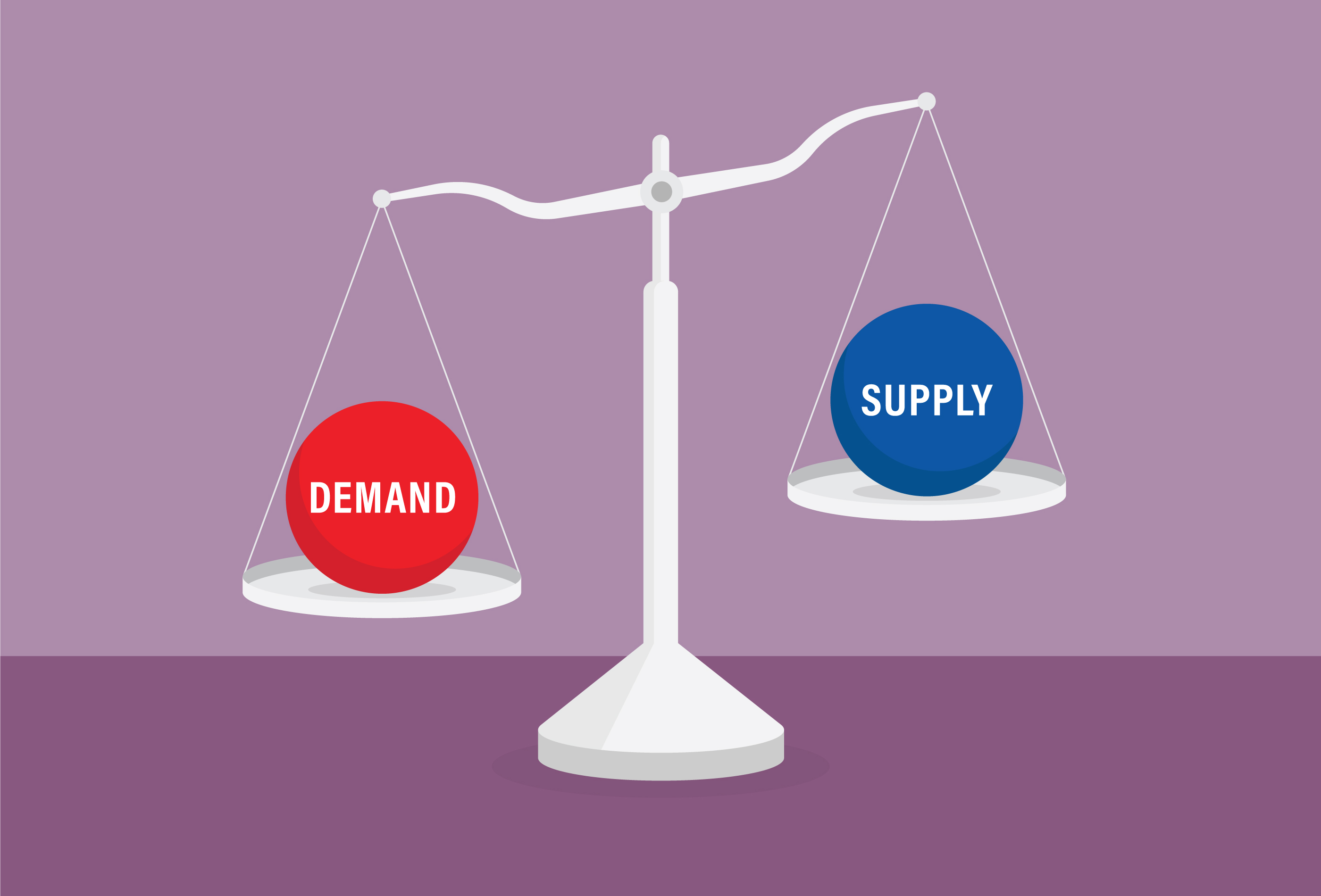If you are familiar with bonds, then you might be familiar with the concept of bonds having different maturity dates, and short-term bonds are no different. Short-term bonds mature within a short time frame, usually ranging from one to four years, and are favored by more conservative investors or those looking for relatively low-risk returns. They offer predictable income and quick access to principal compared to their long-term counterparts, making them an excellent way to diversify a portfolio.

What are short-term bonds?
Short-term bonds are debt securities issued by governments, corporations, or municipalities that mature within a relatively short period, typically between one and four years. At maturity, the bond issuer repays the principal (the bond's face value) along with any earned interest. Investors receive periodic interest payments (known as coupon payments) during the bond's life.
There are also ultra-short-term bonds, which mature in less than a year. These are considered cash equivalents and are often used by investors needing liquidity. Examples include 90-day U.S. Treasury bills and certain corporate debt instruments. The key characteristic of short-term bonds is their reduced exposure to interest rate risk. Because they mature quickly, they are less affected by the interest rate environment, making them a more stable choice compared to long-term bonds.
Common types of short-term bonds
Bond Type | What it is | Maturity Date | Investment Features |
|---|---|---|---|
Government Bonds | Backed by the U.S. federal government, virtually risk-free. | 4, 13, or 26 weeks | Low risk; ideal for conservative investors seeking stability. |
Corporate Bonds | Issued by companies to fund operations or projects, offering higher yields than government bonds. | 1–3 years | Higher returns; risk depends on the issuing company’s credit rating. |
Municipal Bonds | Issued by local governments for public projects like schools or roads. | 1–3 years | Tax-free interest; particularly attractive for investors in high tax brackets. |
Ultra-Short-Term Bonds | Includes instruments like 90-day Treasury bills or commercial paper, providing high liquidity. | 1 day to less than a year | Highly liquid; suitable for investors needing quick access to funds with minimal risk. |
Why do people invest in short-term bonds?
Short-term bonds are significant for several reasons, providing benefits and opportunities for various types of investors:
Lower risk and predictable returns
Short-term bonds are generally considered steady and reliable and carry less risk than long-term bonds because they're not as affected by changes in interest rates. Think of it this way: If interest rates go up, long-term bonds might take a big hit because they're locked into lower rates for a long time. Because short-term bonds mature quickly, you're not stuck holding onto them while rates rise. For example, if you invest in a short-term bond that matures in a year, even if rates rise during that time, the impact on your bond's value is minimal. This means that your returns can be more predictable, which is important when analyzing a portfolio and planning accordingly.
Flexibility, stability, and liquidity
Adding short-term bonds to your portfolio is important as they can serve as a safety net. Short-term bonds generally provide a steady income stream, which can help balance riskier investments like stocks. Imagine you've got a mix of high-growth tech stocks and a few short-term bonds. If the market takes a dip, those bonds can act as a cushion, helping stabilize your overall returns. Plus, short-term bonds are incredibly flexible since their shorter maturity periods mean you don't have to wait decades to access your money. This is perfect if you have a short-term investment goal or want to have cash handy for investment opportunities that might come your way. For instance, if you buy a U.S. Treasury bill (T-bill) that matures in six months, you'll have your principal back quickly and can reinvest it or use it for other needs.
Tax benefits
For those wanting to maximize tax benefits, certain short-term bonds, like municipal bonds, offer unique advantages. Interest earned on these bonds is often exempt from federal income tax and, in many cases, state and local taxes. Let's say you're in a higher tax bracket and invest in a municipal bond offering a modest interest rate. Because you're not paying taxes on that interest, your effective return could be higher than what you'd earn from a taxable bond at the same rate.
Related investing topics
How short-term bonds work: U.S. Treasury bond example
A U.S. Treasury bill (T-Bill) is a short-term bond issued by the U.S. government, sold at a discount to its face value. For example, an investor might purchase a T-Bill for $980, and at the end of the 6-month maturity period, they receive $1,000. The $20 difference represents the interest earned. This type of bond is immensely popular for its low risk and predictable returns, making it ideal for conservative investors since it's backed by full faith in the United States government.
Investment Details | Value |
|---|---|
Face Value | $1,000 |
Purchase Price | $980 |
Discount Earned (Interest) | $20 |
Maturity Period | 6 months |
Annualized Return (%) | 4.08% |



















